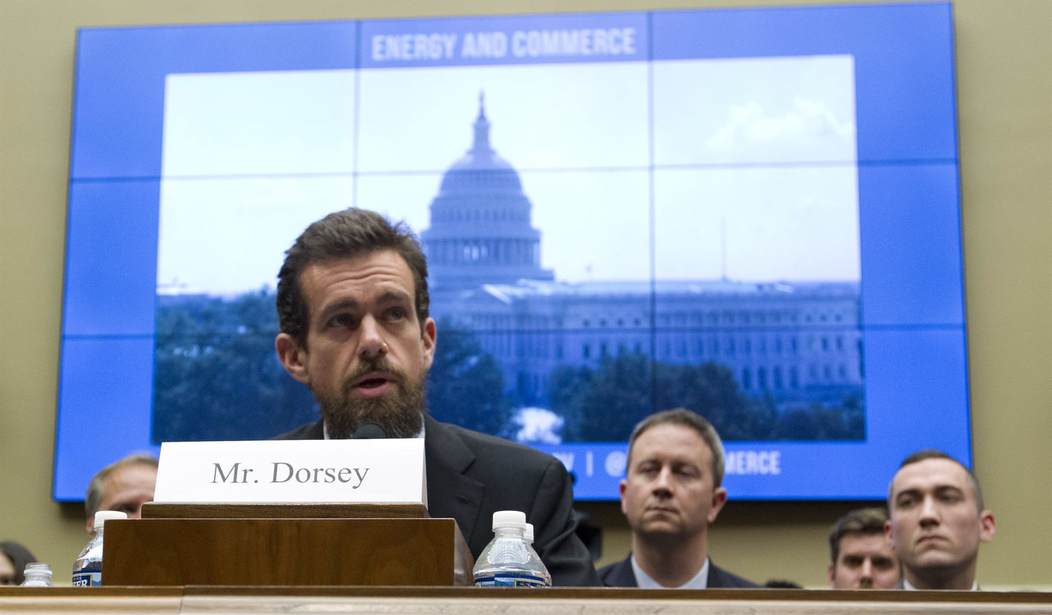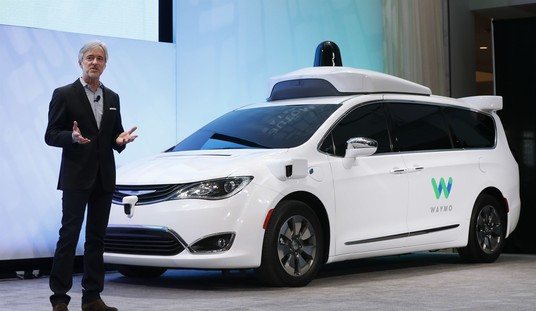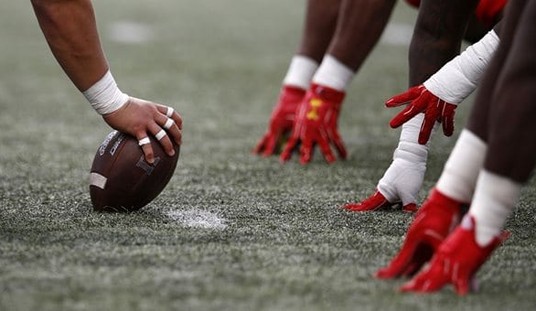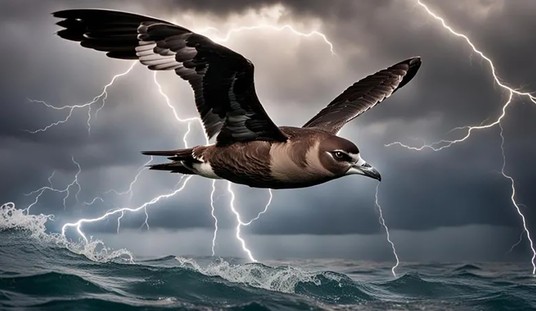Technology
One of Jack Dorsey’s robot programs sent me a message.
Today is my Twitter 12th year anniversary.
I have watched that platform go from friendly canaries to angry birds.
I’m still not sure what it is useful for.
I have one of the earliest Twitter accounts, @DennisSantiago. I opened it just as the 2008 financial crisis was tumbling America into a tailspin. Twitter, along with Facebook, were at the time, the latest evolutions of social media.
I’m a geek technologist at heart, right down to having a bachelor’s degree in electrical engineering and an amateur extra class ham radio license, NB6I. As an old school Fidonet dial-up bulletin board sysop from the 1980s, I ran a Wildcat BBS and used that technology base to help the LAPD develop community policing communications in the 1990s, I had followed the progression of modem-based social media on low bandwidth platforms like IBM’s Prodigy and America Online. Next came the early era of ADSL telecommunications technology with MySpace. My home had one of the very first PacBell ADSL lines in it. The modem was actually assigned a hard IP address; there were so few of us back then.
I didn’t use Twitter for many years. Nor Facebook for that matter. My daughter once denounced my pathetic social media presence saying, “Dad you have two friends on Facebook and I’m one of them.” I got better.
But my professional world was based on leveraging the power of email, picking up the phone, and hopping jets up and down the California coast. This was the framework infrastructure tech for building the “information superhighway”. Early consumer-facing systems were built on dedicated T1 backbones with viewer experiences packaged around 9600 baud and 19.2Kbit dial-up modems, primitive by today’s 5G and fiber optic standards.
I did watch many people take to Twitter. The popular party talk in those days called it “shameless self-promotion’. It reminded me of the thrashing of trees by bucks during the rut. I stayed out of it. I was a Chief Technology Officer or Managing Director, not a Silicon Beach entrepreneur. One had other things to tend to, almost all of it via email.
Then I started writing articles. In 2009, my friend Arianna Huffington asked me to pen articles about the financial crisis on the Huffington Post. It was fun to be writing opinion editorial pieces alongside some of the most luminary figures in finance and economics. Arianna, one of the true queens of the medium, made it a fun experience. Our motto was “beyond left or right”. Like all things on the internet, even Huff Post had a half-life. It was never meant to last.
I didn’t use Twitter in my Huffington Post era. It was too new. Looking back on it. I probably should have explored it more then. But my topic was too narrow. I mean, national and financial policy aren’t exactly what gets the eyeballs on the internet. Who actually reads long tomes by Heritage Foundation fellows, cares about analytical rebuttals to hypothesis papers by the Rand Corporation, or sends comment letters to federal agencies in response to Notices of Proposed Rulemaking published in the Federal Register?
As Dozer said in “The Matrix”, that’s boring stuff. And what can you do on Twitter, with its short message length limit, except say “Me like” or “Me not like”? That’s a click-button on Facebook. The stuff I was writing was complex, struggling to compress mathematical models and Bayesian logic into, as Arianna and I used to put it, language the “ordinary people” can feel.
Most of my writing still revolves around distilling very complex subjects into opinion editorials that must simultaneously make a point to both “ordinary people” and subject matter experts in the same breath. I’m not a professional journalist and am still just discovering what the differences are between a breaking news, investigative, and feature reporter. I’m none of those actually. I’m the source, the subject matter expert, the proponent of the opinion, the advocate for a policy. I write annexes to National Security Decision Directives and compose Mission Element Need Assessments. My core mantra comes from Tom Clancy’s Hunt for Red October, “Next time Jack, write a G*da$*#ed memo.”
The difference these days is that I’m trying to learn to speak in the language of journalism to explain things that have little to do with entertainment, which news bureaus are just another form of. I know of what I speak with that entertainment assertion. I helped start CBS MarketWatch and I once oversaw the computers that powered CNBC.com at different stages in my career. Hell, I was there.
Going into the 2016 presidential election, I ran into a new twist on Twitter. Weaponizing it. Social media was on the attack to become “tribal media”, a totally segregated world of isolated echo chamber universes. In the ’90s, one of the things we technologists worried about was that the internet might become one gigantic bulletin board “flame war” that no sysop cadre could manage. Creating safeguard technologies to prevent such a contagion was the subject of passionate debate. Some people saw it as the fastest path to monetization, others saw it as descending down the levels of Dante’s Inferno. The most dangerous of the weaponized platforms, because of its design, was Twitter.
The pathway for the contagion was basic human nature. The highbrow expression of it is “rational economic wealth maximizing behavior”. Or as Gordon Gekko put it, “Greed is Good”. And that greed had infected the newest Zombiepocalypse industry, the news media.
As tribalism advanced, the ethos of content “beyond left or right” went poof at Huff Post. Non-believers were cast out. It was happening across the entire industry. Media organizations became desperate to capture and retain eyeballs, nothing ever really changes about how one counts wins and losses on the internet. They all became islands of zealotry. And that changed the political landscape of America.
It destroyed the ability of the political system to triangulate. This most important aspect of America, the way that presidents, senators, representatives found ways to compromise and solve difficult matters of statecraft was body-slammed to the mat; and it’s not recovered. You can’t have Nixon and O’Neil cooperating. You can’t have Clinton triangulating. You can’t have Bushes building coalitions of the willing.
Ironically, in the time I’ve been on Twitter, I‘ve seen two presidents attacked by tribal politics. My fairness opinion is that both Barack Obama and Donald Trump were treated like Abraham Lincoln; meaning, like garbage. The contagion effect created the rise of fragmented media in the Obama era and the weaponization of a fragmented internet in the Trump era. All of it bothers me. It bothers me because both the media and internet are just a bunch of damned machines designed to make money by selling advertising, totally Marshall McLuhan Madison Avenue stuff. And it’s taken over people’s mindsets, destructively so. Humans have become zombies.
I came back to exploring Twitter a couple of years ago as I found new platforms willing to publish my writing. I discovered that the media was using Twitter to promote content. My curiosity said to learn so I went along with it. I cooperated with the media players in creating ring networks of accounts to construct echo chambers. This is the technology of “influencing”.
Here’s a reality check. Internet “influencing” is best practiced by popular celebrities and really pretty women. It’s no different than the process of placing articles in a magazine to get the reader to encounter the advertising. The influencer is a means to an end. And the end is to sell stuff. Like I said, Marshall McLuhan. And yes, that is a throw-away line for you Ivory Tower types.
Pretty much everything else I’ve observed on social media is a way to create marketing and advertising without having to pay for it. But social media companies are for-profit businesses that have to monetize their traffic no different than a print publisher does. So they have ad sales operations that vendors seeking marketing should be using. Except, most influencers, individual or organization, don’t have marketing budgets to pay for ads.
And in this regard, the social media companies have made an ugly reputational risk trap for themselves. They want influencers to use their platforms for free to create the traffic for their paid advertisers, but they don’t want those influencers to “free load” marketing benefits because that’s revenue left on the table by the platform. So they play this cruel game of encouragement and disappointment with people; some are companies, most are innocent persons beguiled and betrayed by the conflicts of “wealth maximizing behavior”.
So, I learned a little about the process of growing followers organically. I confirmed that the old “shameless self-promotion” ploy that you have to do something outrageous to pop above the crowd is alive and well, even life-threatening in some cases where people try to be so outrageous they take stupid risks or engage in illegal acts just to get attention for a few more clicks, likes and follows.
I learned about ring networks of people whose ethos is to repeat content to drive the fervor of echo chambers and create viral storms on the internet; that this is a marketing business tool — a very Madison Avenue gimmick business tool. People get lost. They get greedy and overdo it. On all sides of the transaction.
And I learned that most of Twitter is a cesspool of human anger. It is tribes obsessed with killing other tribes. It is a weapon whose core competency is to attack minds. I’m so disappointed. It is a gigantic flame war machine — Fidonet gone wrong at 100 million times the message volume per second. The technologists blew the design and now they have the FCC, Commerce Department, and Congress breathing down their necks as they desperately, and clumsily, try to patch the flaws.
Having learned, I ask, “But what’s the point for someone like me who writes my complex opinion editorials?” The stuff I write gets to its audience via means other than popularity on social media. I put my ideas out there and know that they will percolate slowly through the system. It may take a while, but it does. Ultimately, I‘ve just stopped caring about whether Twitter gives a crap about me or not. I’d rather have people find me because of my value to them and not because I’ve triggered every tribe on the internet into some transient 15 minutes of hyper-concentration, only to be lost when the next shiny object appears to capture their addiction to attention deficit.
Actually, I’ve started telling political influencers, who I run into a lot and who are in pretty much every conflicted tribal faction you can think of, that this endless game of pretending you are engaged in free speech when what you are doing is selling watches by flashing the inside of your trench coat is petty commerce. It can’t last because the platform monetizing designs are already set up to dash your hopes as soon as the algorithm determines it’s time to convert you into a paying advertiser.
Having learned, I’m now slowly reducing my footprint on Twitter again. I mostly just want to use it to follow a few people in the industry because they are good touchstones to stay abreast of what’s going on. I want to hear the squirrel in the high tree. The bird that warns the valley. The Sage that focuses the wisdom. I’m done with thinking a warehouse full of turkeys is wildlife.
I want to be a canary, not an angry bird. And that’s where I am on my Twitter Anniversary Day.














Join the conversation as a VIP Member